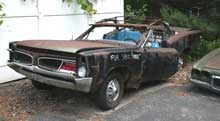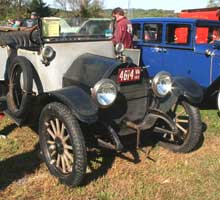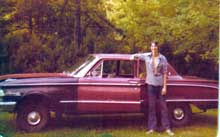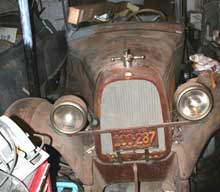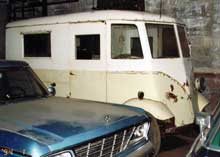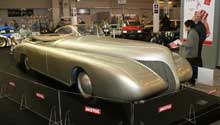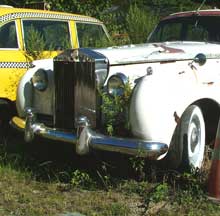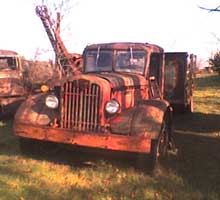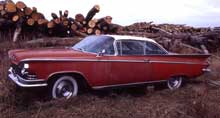October 3, 1963, is a red letter day for many car enthusiasts, but few of them know about it. It can be considered the birth date of the Pontiac GTO, as far as the public is concerned, but because the GTO was a stealth project its actual “birth” came unheralded on new-car-introduction day, a check-box for a seemingly unobtrusive option package.
The story of the GTO is well known, how Pontiac ad man Jim Wangers and chief engineer (and later division manager) John DeLorean gerrymandered a hot rod package past GM brass. General Motors had a dictum that what had become intermediate A-body cars could have engines no larger than 330 cubic inches. Wangers and DeLorean persuaded their bosses to allow the big 389 cubic inch engine as part of an option package for the 1964 Tempest. In a bit of automotive chutzpah they appropriated Ferrari’s “GTO” label.
The GTO option put the 389, heavy-duty suspension, bucket seats and “Tiger Paw” red-line tires on any two-door Tempest LeMans. It struck a chord with American youth, and virtually every red-blooded boy wanted one. More than 32,000 were sold in the first year and 75,000 in 1965. Car & Driver‘s David E. Davis conjured up a GTO vs. GTO faceoff for the March 1964 issue, pitting Pontiac against Ferrari and proclaiming the upstart the winner. It was actually a journalistic sleight of hand since the two were never together until the now defunct Pontiac Enthusiast magazine arranged an actual meetup 30 years later.
For 1966, the GTO became a model in its own right. From 1968, “The Goat,” as it was nicknamed, had a distinctive plastic “Endura” grille/bumper arrangement (this is a 1970). In 1969 came “The Judge,” a caricature of a car inspired by a comic routine on Rowan and Martin’s “Laugh In” television program. The competition quickly took notice. Oldsmobile countered with a 4-4-2 package for the F-85, and Buick with a GSX Skylark. Ford produced a Fairlane GT with a 390 and Plymouth came up with the cartoon-inspired Road Runner.
By this time, insurance companies had also taken notice, that the red-blooded boys were racking up plenty of claims in their “muscle cars,” as the pundits called them. By the late ’60s, a GTO VIN was an invitation for sky-high rates, so the GTO again became an option and another stealth model, the GT37, was introduced. This was a kind of a la carte GTO, which let one choose from a myriad of possiblities, including a 455 engine. GTO sales peaked in 1966, at slightly below 100,000, and then began to decline. The last version, in 1974, was little more than a dress-up kit on the compact X-body Ventura (Most people have forgotten the 2004 revival attempt, with an Australian-sourced Holden Monaro, and so shall we).
Unlike most of my peers, I never lusted for a GTO, nor any other V8 muscle car. I contented myself with building an ersatz Studebaker speedster, and had I been in the market for a new car in 1966 I’d have probably bought the Sprint version of Pontiac’s new overhead cam six – but that’s another story.
GTOs have long been darlings of the enthusiast market, so I was not surprised, a few years ago, to come across a sort of goat boneyard in central Massachusetts. Scattered about were all sorts of Tempest parts, and a couple of nearly-complete cars. Whether they were organ donors for genuine Goats or clones in the making I’m not sure, but they were clearly coveted by somebody. How else do you explain a grand for a rusty sway-backed LeMans?

